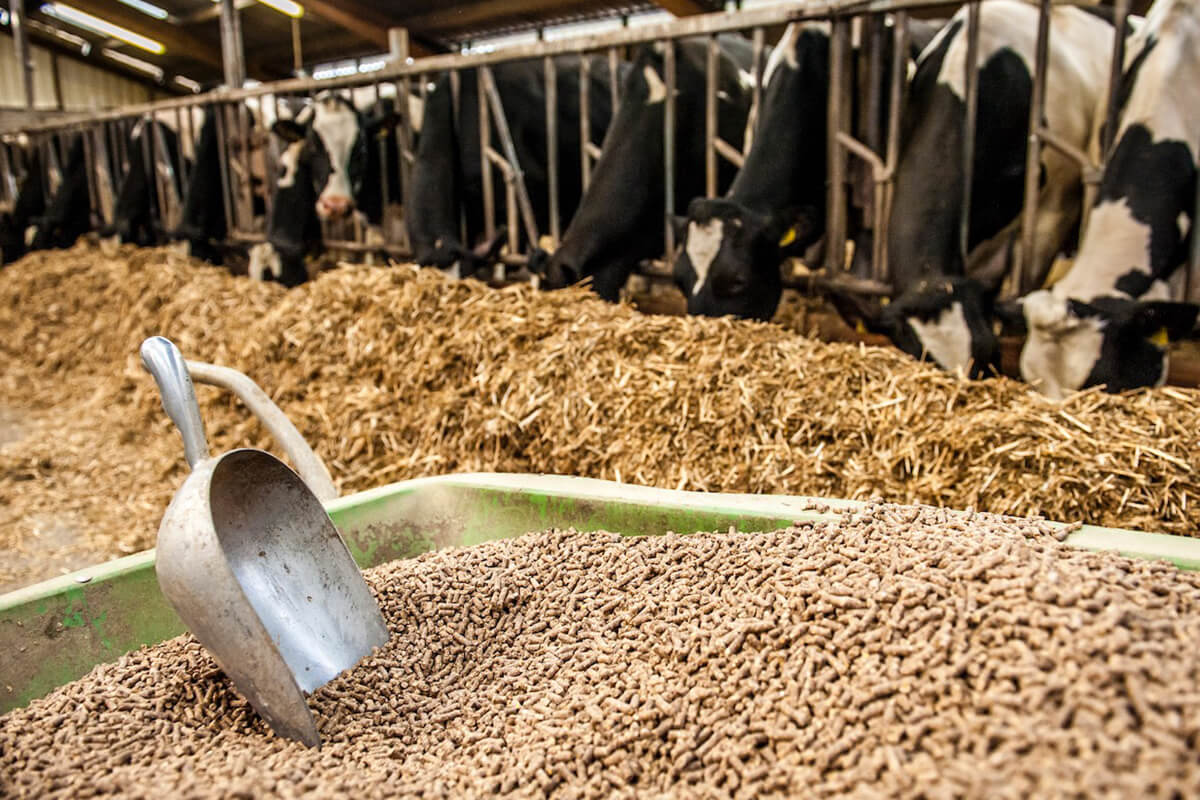Methane is a greenhouse gas that plays a crucial role in global warming. With a warming potential up to 80 times greater than that of CO2 over 20 years, it poses a serious threat to our environment. It’s no secret that human activities, especially agriculture, are responsible for the majority of emissions. Precise monitoring of these emissions is therefore essential to meet climate targets.
The Key Role of MethaneSat
MethaneSat, a satellite the size of a large household appliance, is poised to be a revolutionary tool for methane monitoring. Designed to analyze emissions from the oil and gas industries, it also has immense potential for tracking agricultural emissions. It’s a cosmic sweeper that will change our approach to combating climate change.
Primarily emitted by livestock farming and rice cultivation, methane has dramatic consequences on our atmosphere. Indeed, nearly 30% of the overall temperature rise is attributed to this gas. Hence, its monitoring has become a priority for scientists and policymakers.
About 40% of methane emissions from human activity come from agriculture. Ruminant livestock farming, mainly cattle, and flooded rice cultivation are the main sources of these emissions within this sector.
A single cattle farm can sometimes emit more methane than the largest oil fields. This underscores the magnitude of the challenge ahead in reducing emissions from this sector.
Reducing Agricultural Emissions: Why and How
Despite its significant impact, agriculture often remains in the shadow of environmental debates. Yet, it holds a significant part of the solutions to combat climate change.
Measuring agricultural emissions is complex. Ground sensors and satellites struggle to precisely and comprehensively detect emissions from small farms or less densely populated agricultural areas. Some environmental policies exempt agriculture from emission reduction commitments, despite the obvious need to include this sector.
Sensors and Satellites
Fortunately, technological advances like MethaneSat now make it possible for much finer and more extensive monitoring of agricultural emissions, paving the way for better management of these emissions.
Progress is being made, particularly in the dairy industry, where measures to reduce this environmental footprint are being implemented. Meat production, however, still has a long way to go.
Innovative Farming Techniques
Innovation in animal feeding and farming offers promising solutions to reduce agricultural methane emissions. Civil society must also participate in the fight against methane emissions, from industry to consumers, farmers, and politicians. Collaboration and collective action are essential.
Precise, independent, and transparent monitoring of emissions is crucial to measure the effectiveness of implemented actions and to inform the public and decision-makers.
Despite the challenges, technological progress and promising initiatives offer a glimmer of hope in combating methane emissions. However, the key to success lies in unwavering commitment from all stakeholders.




